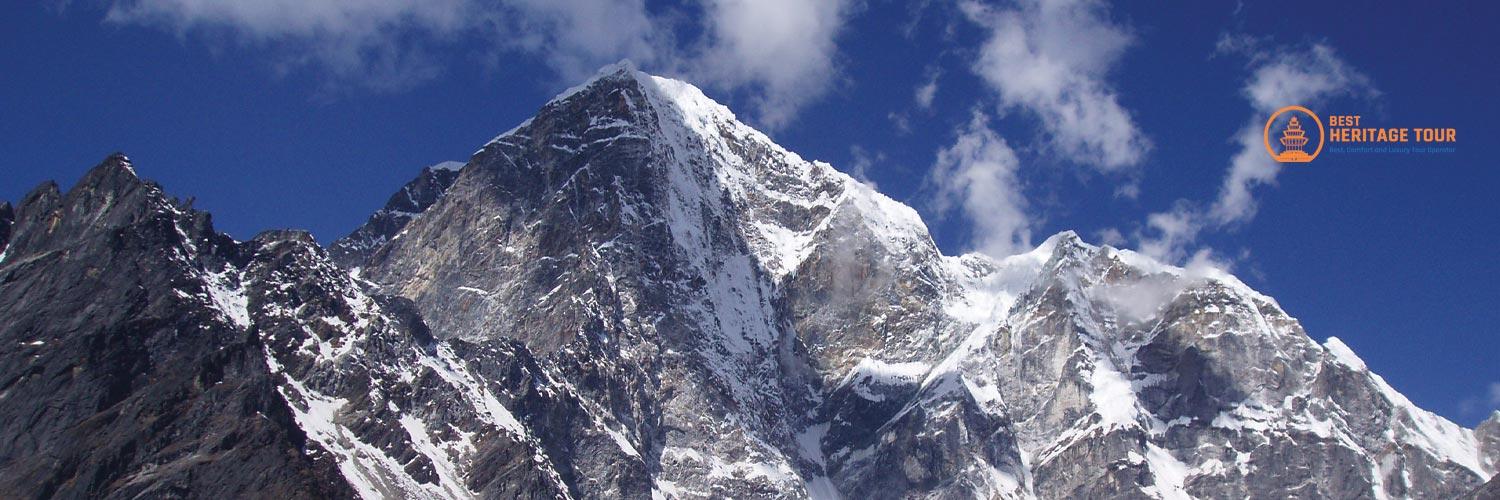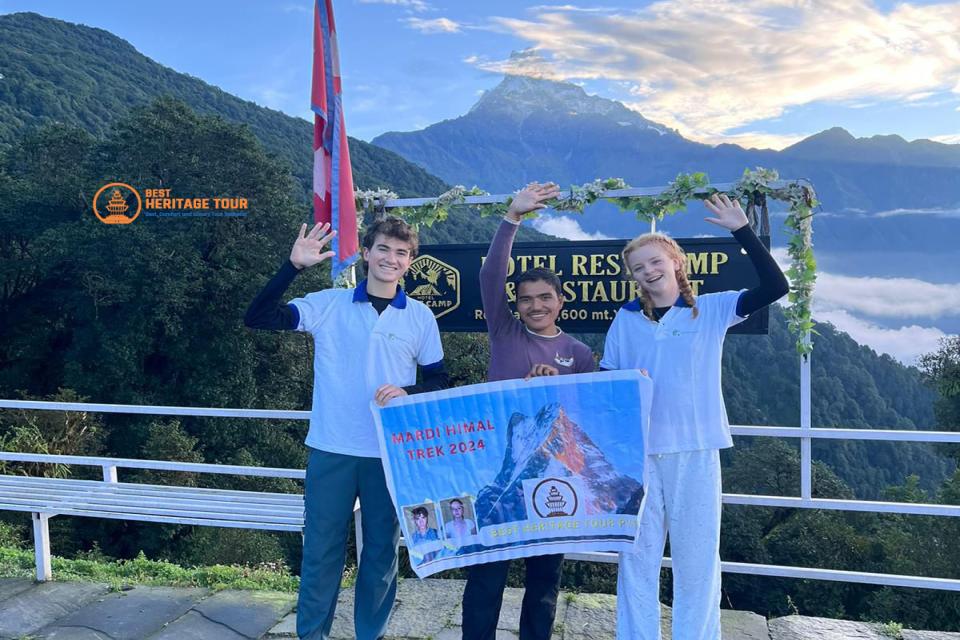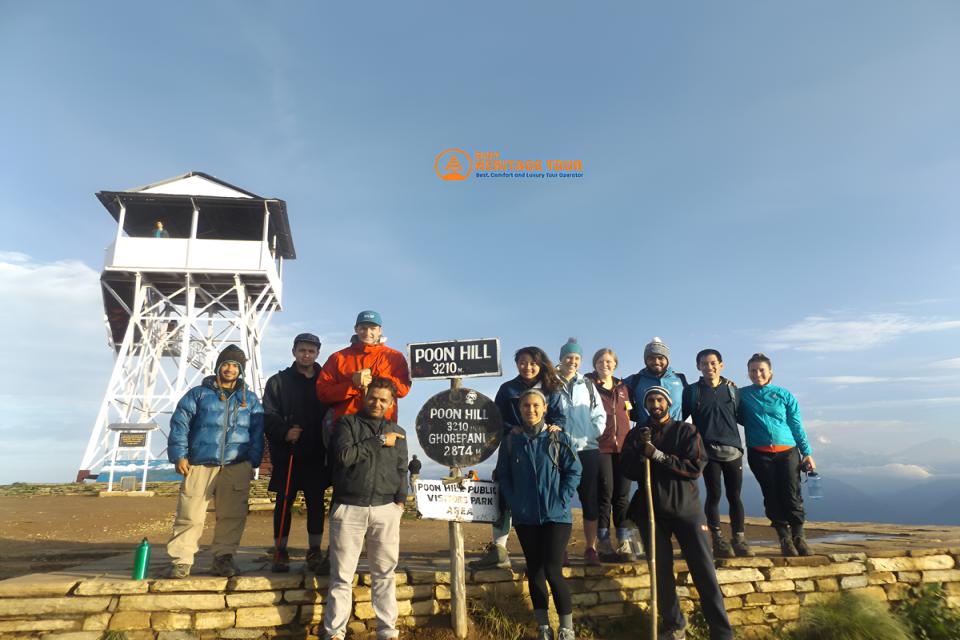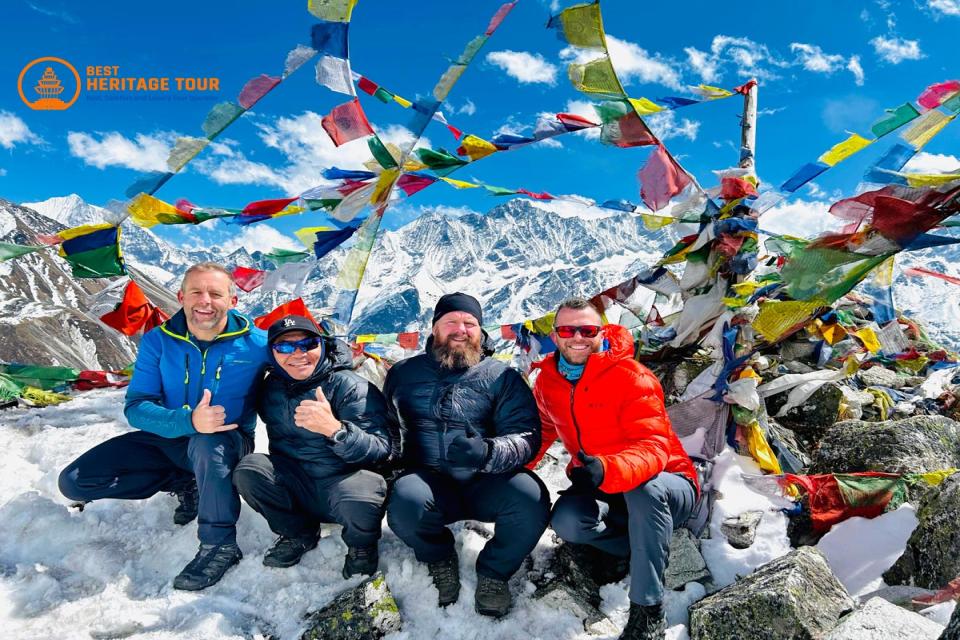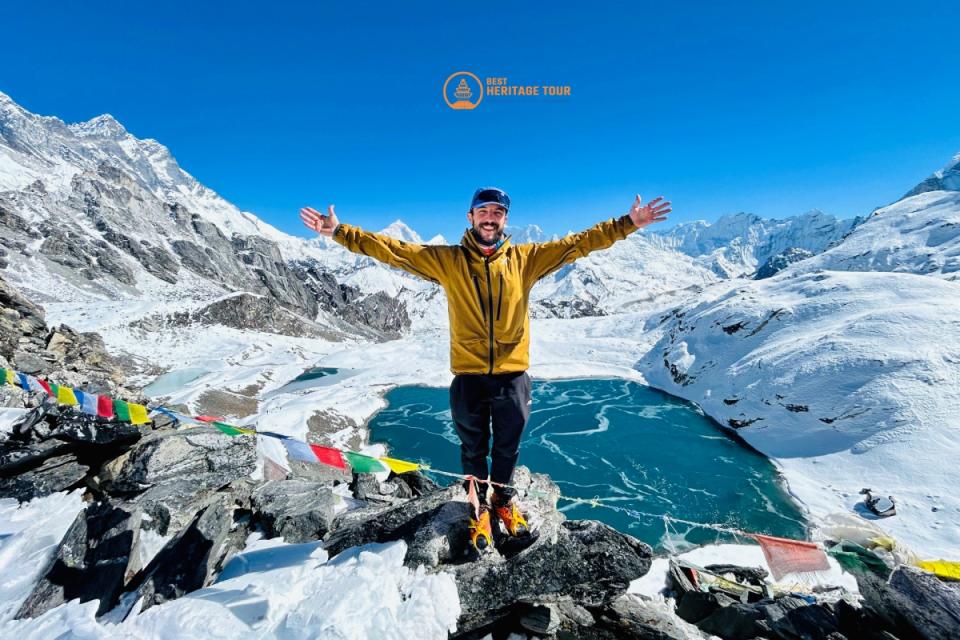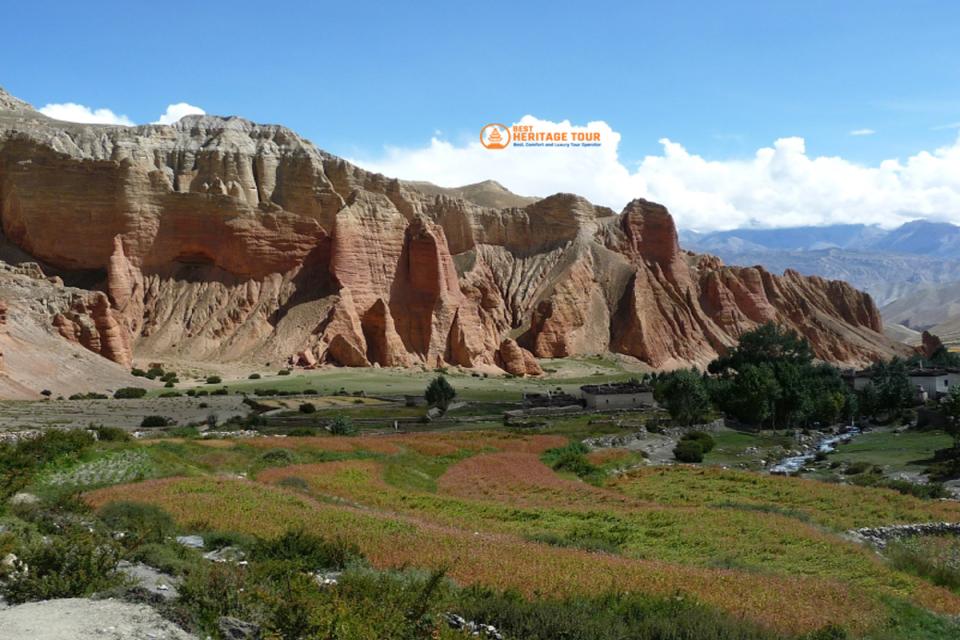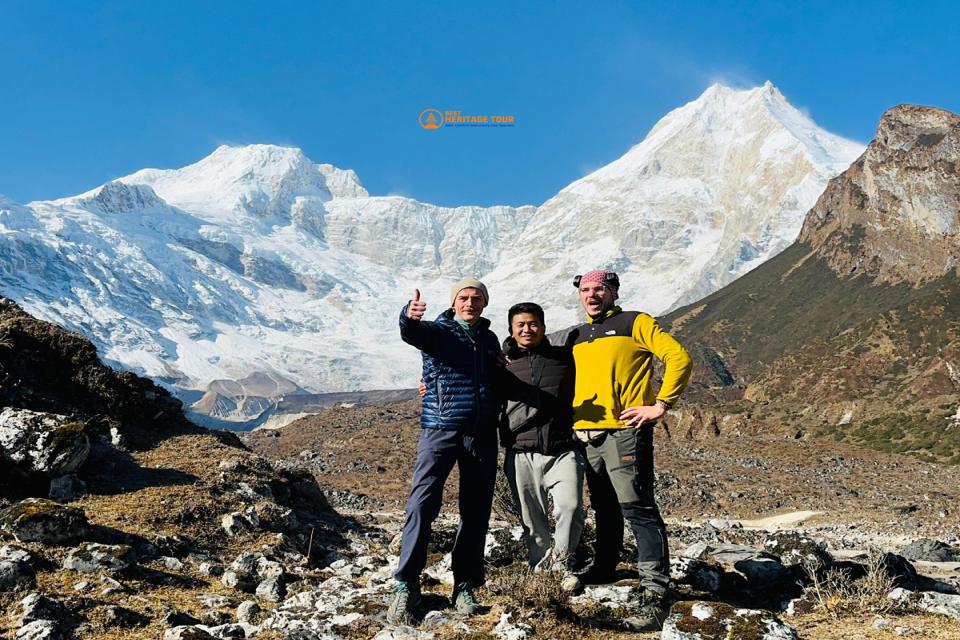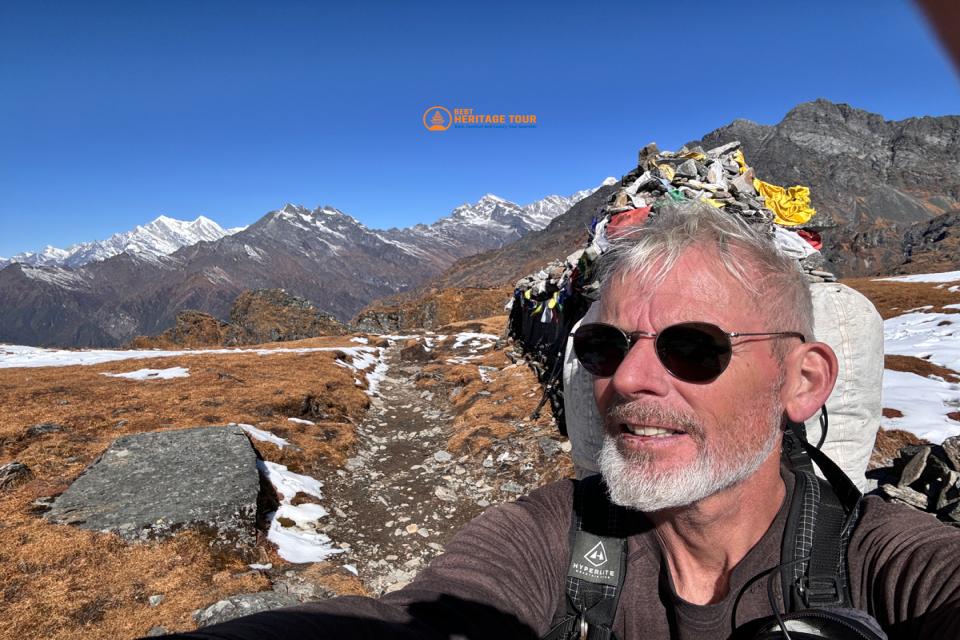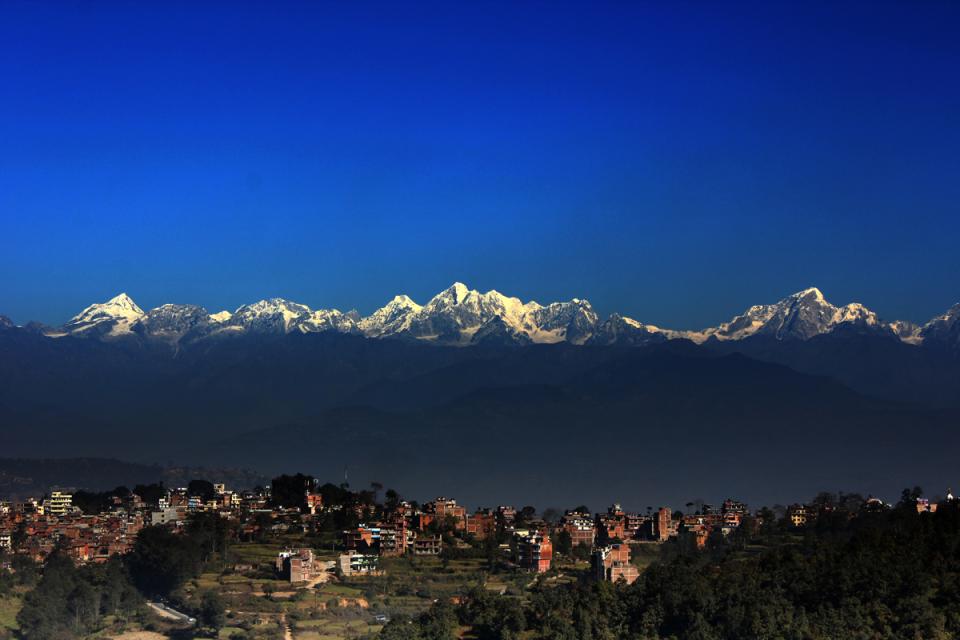Nestled between the soaring Himalayas and lush lowlands, Nepal is a dream destination for trekkers and mountaineers. But as you start planning your high-altitude adventure, one question naturally arises: Is trekking difficult in Nepal?
The short answer: It depends. Nepal offers treks for all levels- from gentle walks in the foothills to grueling ascents that test your mental and physical limits. The difficulty level of trekking in Nepal is shaped by factors such as trail altitude, duration, terrain, weather, and personal fitness.
This blog will break down everything you need to know about trekking in Nepal, including trail options, challenges, how to prepare, and how to choose the right trek based on your experience and goals. Whether you’re dreaming of Everest or looking for a peaceful hill trek, this guide is your map.
Why Trekking in Nepal is So Popular?
Nepal isn’t just a country, it’s a trekker’s paradise. With over 1,300 Himalayan peaks, including 8 of the world’s 14 highest mountains, it's a playground of dramatic landscapes and ancient trails. But Nepal's charm goes beyond altitude:
-
Scenic diversity: From subtropical jungles to arid alpine deserts
-
Cultural immersion: Sherpa villages, Tibetan monasteries, and centuries-old traditions
-
Bucket-list destinations: Everest Base Camp, Annapurna Circuit, Langtang Valley
-
Well-established infrastructure: Teahouses, guides, porters, and safety systems
But popularity doesn’t mean simplicity. Trekking in Nepal still demands respect for nature, awareness of risk, and thorough preparation.
Why Trekking in Nepal is Both Rewarding and Challenging?
Trekking in Nepal is not just about physical endurance; it’s a journey through culture, spirituality, and breathtaking geography. From the mystical highlands of Mustang to the lush rhododendron forests of Annapurna, every trek offers a unique experience. But let’s face it - Nepal’s terrain is not flat.
What Makes Trekking in Nepal Challenging?
-
High Altitude: Many treks ascend above 3,000 meters, where oxygen levels drop.
-
Unpredictable Weather: Conditions can shift from sunny to snowy in hours.
-
Remote Trails: Limited infrastructure and long walking distances.
-
Basic Amenities: Teahouses are cozy but can be basic in remote regions.
-
Physical Strain: Steep ascents, rocky paths, and daily hikes up to 6-8 hours.
Despite these challenges, thousands of trekkers return year after year, drawn to Nepal’s natural beauty and the sense of accomplishment that comes with reaching those high Himalayan passes.
Understanding the Difficulty Level of Trekking in Nepal
When evaluating how difficult trekking in Nepal is, it helps to consider the following five dimensions:
1. Altitude
Many treks rise above 3,000 meters (9,800 ft), and some even surpass 5,000 meters. As altitude increases, oxygen levels drop, increasing the risk of Acute Mountain Sickness (AMS).
Key takeaway: The higher you go, the harder it gets- both physically and physiologically.
2. Duration
Nepali treks vary from short 3-day hikes to epic 3-week expeditions. Longer treks test endurance, while shorter ones can still be strenuous due to steep ascents and descents.
Example:
- Ghorepani Poon Hill Trek: 4-5 days
- Annapurna Circuit: 12-20 days
- Manaslu Circuit: 14-17 days
3. Terrain & Trail Conditions
Trails can include rocky paths, steep stone staircases, suspension bridges, landslide-prone areas, and snow-covered passes. Some treks are well-marked and maintained, while others are remote and rugged.
Tip: More remote = more rewarding but also more difficult.
4. Weather & Seasons
Trekking during monsoon (June-August) or winter (December-February) significantly increases difficulty due to mudslides, heavy snow, or blocked passes.
Best seasons:
-
Spring (March–May): Clear skies, blooming rhododendrons
-
Autumn (September–November): Stable weather, excellent visibility
5. Fitness Level
You don’t need to be an athlete, but a basic level of cardiovascular and muscular endurance is essential. Even easier treks involve walking 4–7 hours a day.
Categories of Trekking Difficulty in Nepal
Let’s categorize treks by their difficulty level to give you a better sense of what’s suitable:
Easy Treks in Nepal
-
Elevation: Below 3,000 meters
-
Duration: 3-7 days
-
Best for: Beginners, families, or time-crunched travelers
-
Examples:
-
Ghandruk Village Trek
Moderate Treks in Nepal
-
Elevation: 3,000-4,500 meters
-
Duration: 7-14 days
-
Best for: Active hikers with basic experience
-
Examples:
Challenging Treks in Nepal
-
Elevation: Often above 5,000 meters
-
Duration: 14-25 days
-
Best for: Fit trekkers with altitude experience
-
Examples:
-
Kanchenjunga Base Camp Trek
These are what many refer to as Challenging Treks in Nepal, combining high passes, remote terrain, long days, and extreme weather conditions.
10 Most Challenging Treks in Nepal
Here are some of the most physically and mentally demanding treks you can attempt in Nepal:
|
Trek Name |
Max Altitude |
Duration |
Region |
|---|---|---|---|
|
5,535 m |
18-21 days |
Everest |
|
|
Kanchenjunga Base Camp Trek |
5,143 m |
20-25 days |
Eastern Nepal |
|
5,416 m |
15-20 days |
Annapurna Region |
|
|
5,151 m |
25-30 days |
Far West |
|
|
5,000 m+ |
18-20 days |
Eastern Nepal |
|
|
5,160 m |
14-17 days |
Mid-West |
|
|
Nar Phu Valley Trek (Short) |
5,320 m |
15-18 days |
Annapurna Region |
|
Rolwaling Valley Trek |
5,755 m |
19-21 days |
Eastern Nepal |
|
5,160 m |
20-22 days |
Gorkha Region |
|
|
Limi Valley Trek |
5,000 m+ |
18-21 days |
Humla District |
Is Trekking in Nepal Safe?
Yes, but precautions are vital. The biggest threats are:
-
Altitude sickness
-
Poor weather
-
Lack of acclimatization
-
Trail accidents
-
Navigation errors in remote regions
Safety tips for trekking in Nepal:
-
Acclimatize properly
-
Stay hydrated
-
Avoid alcohol at altitude
-
Hire a guide (especially for remote treks)
-
Insure yourself for high-altitude trekking and helicopter evacuation
How to Choose the Right Trek for You
When selecting a trek, evaluate yours:
-
Fitness level
-
Experience with high-altitude hiking
-
Time available
-
Interest in culture vs. nature
-
Tolerance for rough terrain or basic accommodations
Also, work with experienced trekking operators like Best Heritage Tour who can customize itineraries based on your needs and comfort.
Preparing for a Trek in Nepal
Fitness Training
Start training at least 2-3 months before your trek. Focus on:
-
Cardio: Running, hiking, stair climbing
-
Strength: Legs, core, and shoulders
-
Endurance: Long walks with a backpack
Gear Checklist
-
Trekking boots (broken in)
-
Moisture-wicking clothing
-
Layers for warmth
-
Down jacket and sleeping bag
-
First aid kit and water purification
-
Sunscreen, hat, and sunglasses
For a detailed gear list, check out customized gear list provided by Best Heritage Tour
Timing
-
Best time: October-November (Autumn) and March-April (Spring)
-
Avoid monsoon (June-August) and harsh winter (January-February) unless well-prepared.
Final Thoughts: Is Trekking in Nepal Difficult?
Yes and no. It depends entirely on the trek you choose and how you prepare for it. There are gentle trails for first-timers and punishing routes for hard-core adventurers. But every trek in Nepal offers breathtaking beauty and deep cultural insight.
The key is to choose wisely, prepare thoroughly, and trek responsibly. Whether you're chasing Everest or strolling through Gurung villages, Nepal welcomes you with open arms and maybe a few steep climbs.
Ready to Conquer the Trails of Nepal?
Whether you're dreaming of a peaceful cultural trek or looking to take on some of the most challenging treks in Nepal, your journey begins with the right guidance. At Best Heritage Tour, we specialize in crafting unforgettable trekking experiences tailored to your fitness, interests, and adventure level.
Let’s Start Planning!
Call or WhatsApp: +977-9851149197
Email: info@bestheritagetour.com
Website: www.bestheritagetour.com
Office: Thamel, Kathmandu, Nepal
Still have questions? Contact us now for a free consultation, or fill out our custom trek planner to design your perfect Himalayan adventure.
Author: Best Heritage Tour
Date: 25th May, 2025

